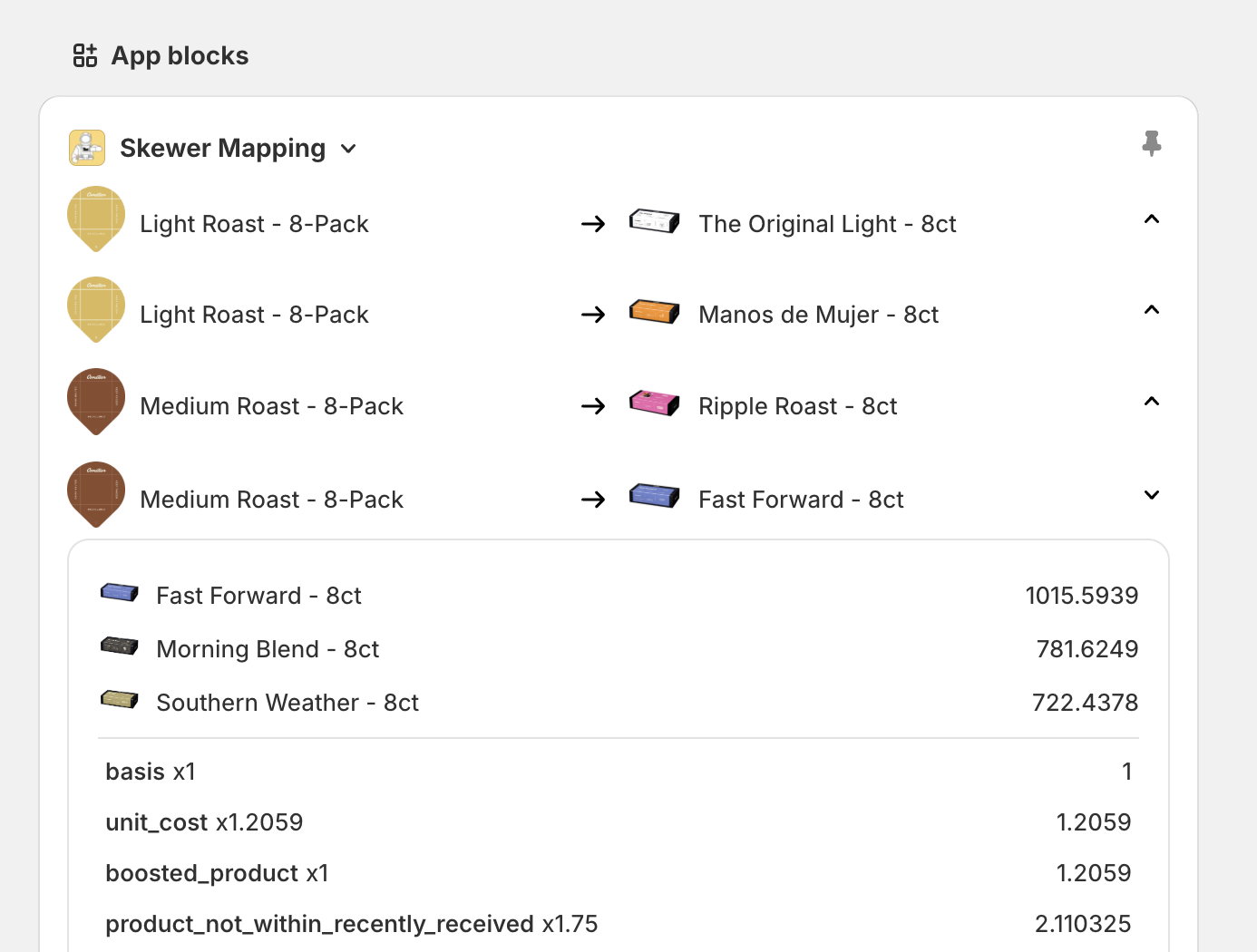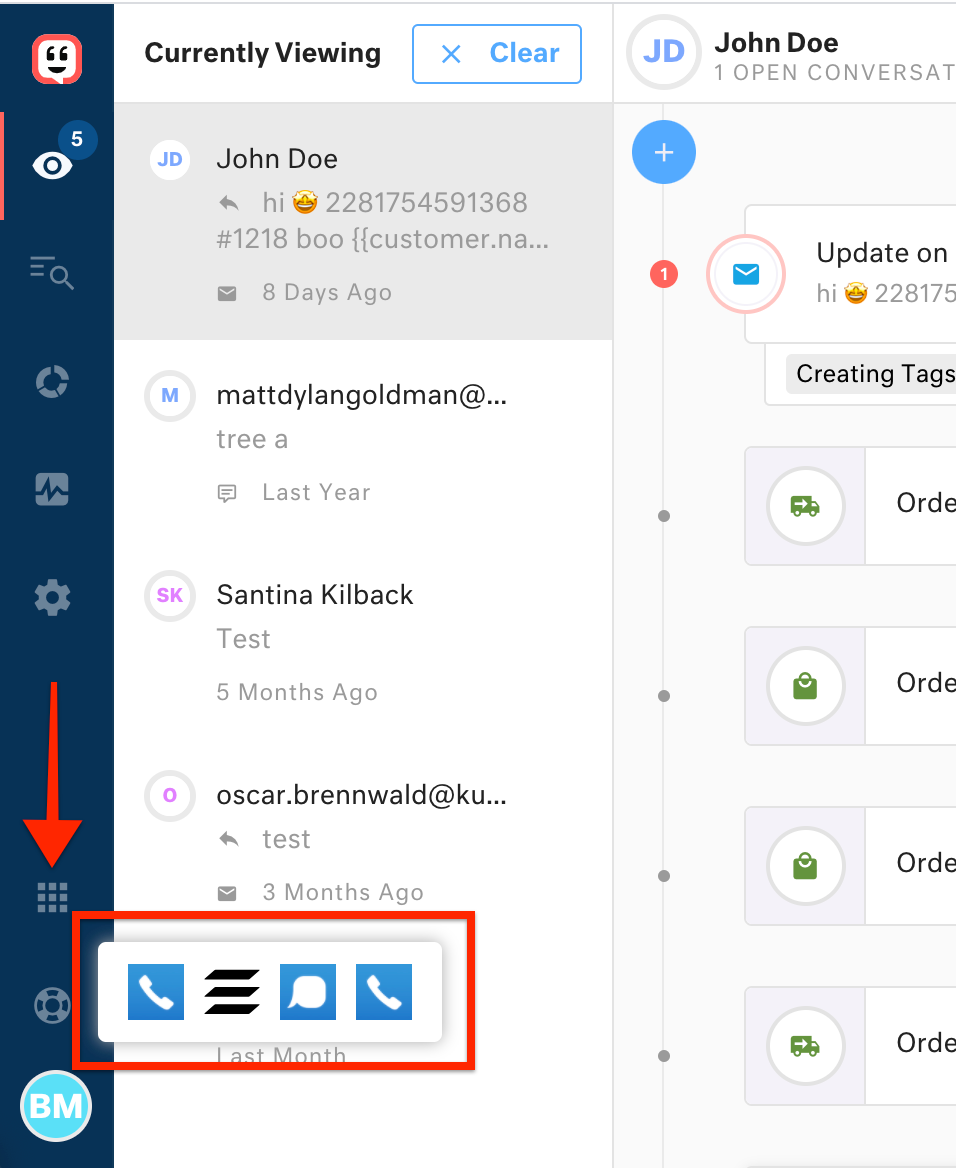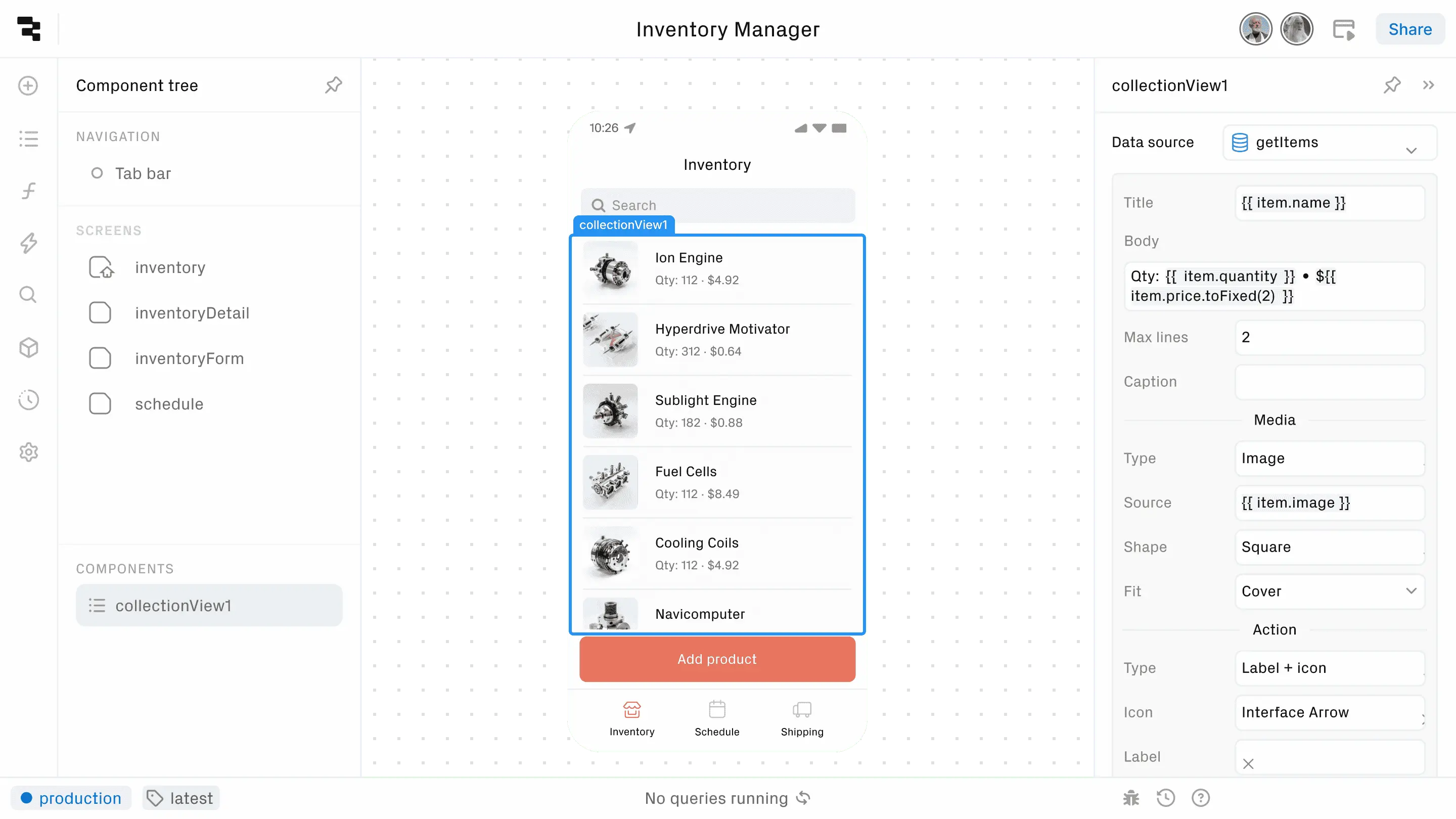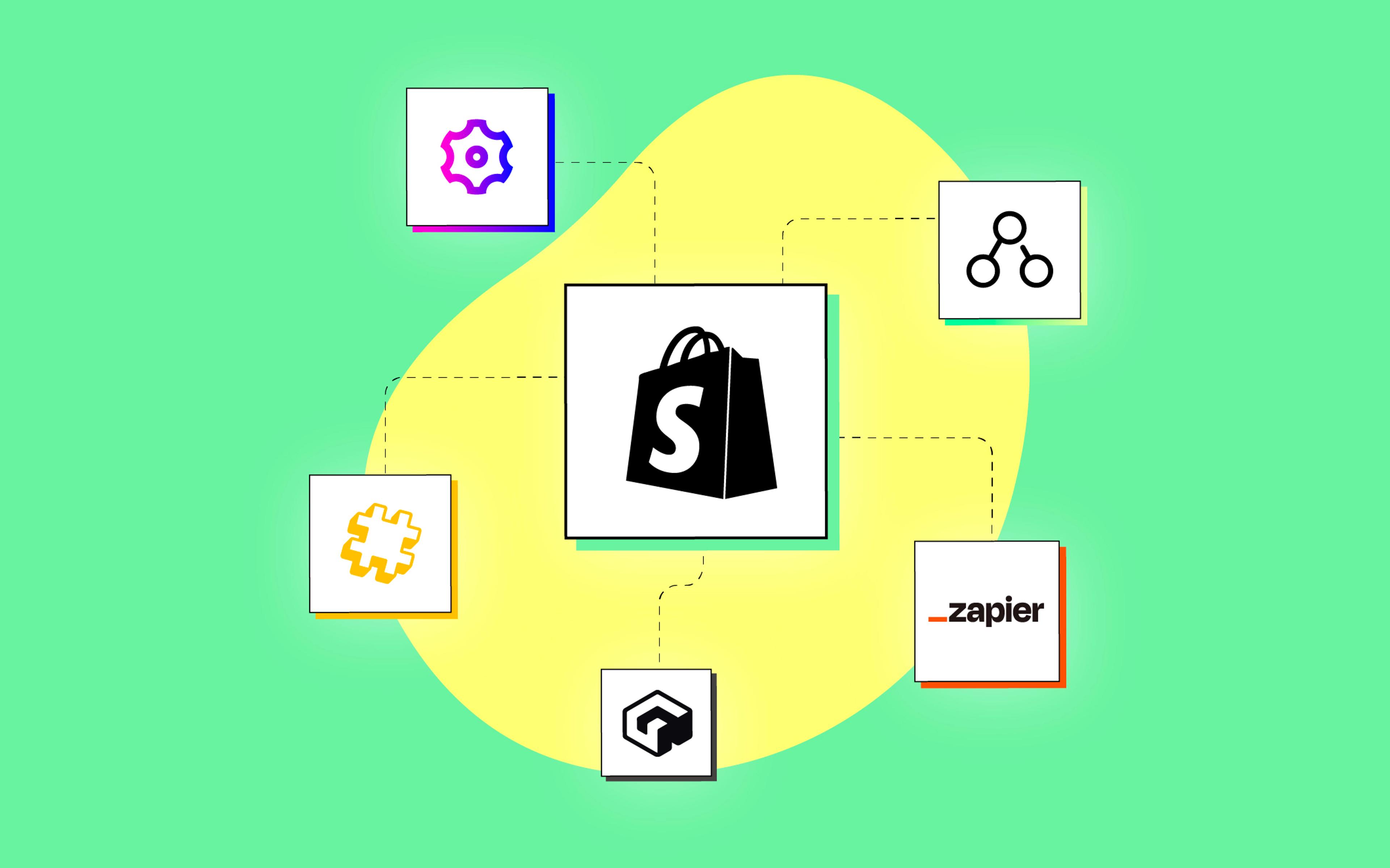In our work with e-commerce brands, we frequently encounter a common challenge: how do you build trust in systems that operate invisibly? While custom algorithms and automation solutions may be working flawlessly behind the scenes, both business teams and customer service representatives often struggle to confidently explain these processes to stakeholders and customers.
This scenario plays out repeatedly across e-commerce operations. While custom solutions deliver tremendous value, their invisible nature creates four critical challenges:
- Reduced trust in automated systems
- Limited opportunities for cross-team collaboration
- Increased support resolution times
- More difficult iterative improvements
The good news? We've developed several approaches to solve these visibility challenges, each suited to different business needs and constraints.
Let's explore each approach, starting with the quickest to implement and moving toward more comprehensive solutions. We'll share real implementation experiences and help you understand which solution might work best for your specific situation.
1. Tags
The simplest place to start is with Shopify's built-in tagging system. These lightweight markers can provide immediate visibility into system states and trigger automated processes. The beauty of tags lies in their simplicity – they're provided out of the box on Shopify and integrate seamlessly with existing workflows.
At Tannico, one of Italy's leading wine retailers, we use tags to control their product synchronization with their enterprise resource planning system. When products need to be synced, the operations team can simply add a specific tag, and our middleware picks up these tagged products for processing. This gives the team direct control over the sync process without needing to understand the underlying technical complexities.
2. Metafields
As your needs grow more sophisticated, metafields offer structured data storage capabilities that go beyond simple flags.
Again looking at our work with Tannico, we use metafields to store and control parameters for their third-party pricing engine. This allows the team to fine-tune pricing rules and see their effects directly within Shopify, making complex pricing management feel like a native part of their workflow.
While metafields require more planning and development effort than tags, they provide much richer data visibility without adding significant complexity to operations. They're particularly valuable when you need to store detailed configuration data or track complex states that can't be captured with simple tags.
3. Admin UI Extensions
When simple flags and data storage aren't enough, Admin UI Extensions offer a more sophisticated approach. These extensions allow you to create custom interfaces directly within the Shopify Admin, making complex operations more intuitive and accessible to your team.
Our work with Cometeer serves as a perfect example of this approach. Their algorithm was making sophisticated decisions about which coffees to include in each box, considering factors like customer preferences, previous orders, and inventory availability. However, without visibility into this process, it was difficult for teams to understand and trust these selections.

We transformed this "black box" system into a transparent one through a comprehensive Admin UI extension that visualizes the entire decision-making process. The results were remarkable: customer service representatives could now explain algorithm selection decisions, the time required for algorithm adjustments dropped as developers could now see exactly how their changes affected the selection process and, perhaps most importantly, non-technical team members began contributing valuable suggestions for improvements.
While this approach requires more initial investment in development time and resources than tags or metafields, it offers the most flexibility for complex interactions and rich data presentation.
4. Third-Party Platforms
As systems grow more complex, teams often need more sophisticated ways to interact with custom logic. While the previous solutions work well within Shopify's Admin interface, sometimes the best approach is to meet your teams where they already work by integrating with their daily platforms.
Many customer service and operations platforms like Zendesk and Kustomer provide robust API integration capabilities. This means you can surface key data from your custom Shopify solutions directly within these platforms and, more importantly, enable actions to be taken from there.

At MeUndies, we integrated their custom subscription logic directly with their customer service platform. This meant that when handling customer inquiries, support teams could see relevant subscription data (like upcoming shipment dates and product preferences) and perform actions like skipping deliveries or updating preferences—all without leaving their familiar support interface. The integration eliminated constant switching between tools and made customer interactions more efficient.
The complexity of this approach varies based on the platform you're integrating with. Data exposure typically involves formatting and forwarding information through authenticated API requests. Enabling actions requires more setup as you'll need to create secure endpoints in your middleware to handle authenticated requests from the third-party platform. While this requires careful planning and ongoing maintenance, it can significantly streamline workflows for teams that spend most of their day in these platforms.
5. Custom Frontends
While the previous approaches cover most use cases we encounter, there are times when you need complete control over the user experience. In these situations, creating a custom frontend offers the ultimate in flexibility. Shopify provides robust support for embedding custom applications directly into the Admin Panel through their embedded app framework, with dedicated libraries for both Remix and Rails to handle the complexities of setup and authentication.
This approach gives you complete control over the user interface and functionality, allowing you to create exactly the experience your team needs. While we haven't found this level of customization necessary for most clients at Nebulab – the other solutions typically provide sufficient flexibility – it's worth considering for unique use cases that require specialized interfaces or workflows.

Development platforms like Retool, Replit and Gadget can significantly accelerate this process. Retool's drag-and-drop interface builder and pre-built components can reduce frontend development time by 50-70%, while Replit's collaborative development environment streamlines the iteration process. These platforms handle much of the foundational setup work, letting your team focus on building the unique features your business needs.
The trade-off here is still higher development effort and maintenance complexity compared to other solutions we've discussed, even with these acceleration tools. However, for organizations with highly specific needs or unique operational requirements, the investment can pay off through perfectly tailored workflows and improved team efficiency.
Choosing Your Path
The best visibility solution for your organization depends on your specific needs and constraints. Here's a quick decision guide:
- Tags: Best for simple status tracking and quick wins with minimal investment
- Metafields: Ideal for structured data storage and analysis platform integration
- Admin UI Extensions: Perfect for complex interactions and rich visualizations
- Third-Party Integration: Choose when teams primarily work in other platforms
- Custom Frontends: Best for highly specialized needs requiring complete control
Our experience has taught us that successful implementations start small and scale up based on actual usage patterns. Begin by identifying which processes are currently invisible and causing pain points for your teams. Then start with simple solutions that address these immediate needs, gather feedback from users, and iterate based on real-world usage. Document everything thoroughly and train your teams effectively – visibility tools are only valuable if people know how to use them.
You'll know your implementation is successful when you see:
- Customer service resolution times decreasing
- Internal teams expressing greater confidence in automated systems
- Cross-team collaboration increasing
- System maintenance time and error rates improving
These metrics consistently improve with better visibility into custom solutions.
Ready to explore how these visibility solutions might work for your specific needs? Contact our team for a consultation. We'd love to help you bring your custom solutions into the light.



